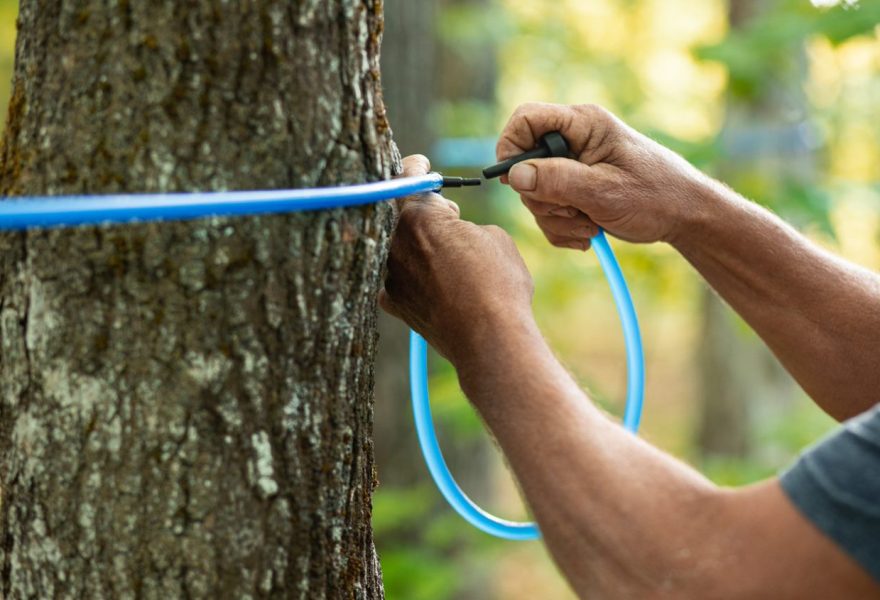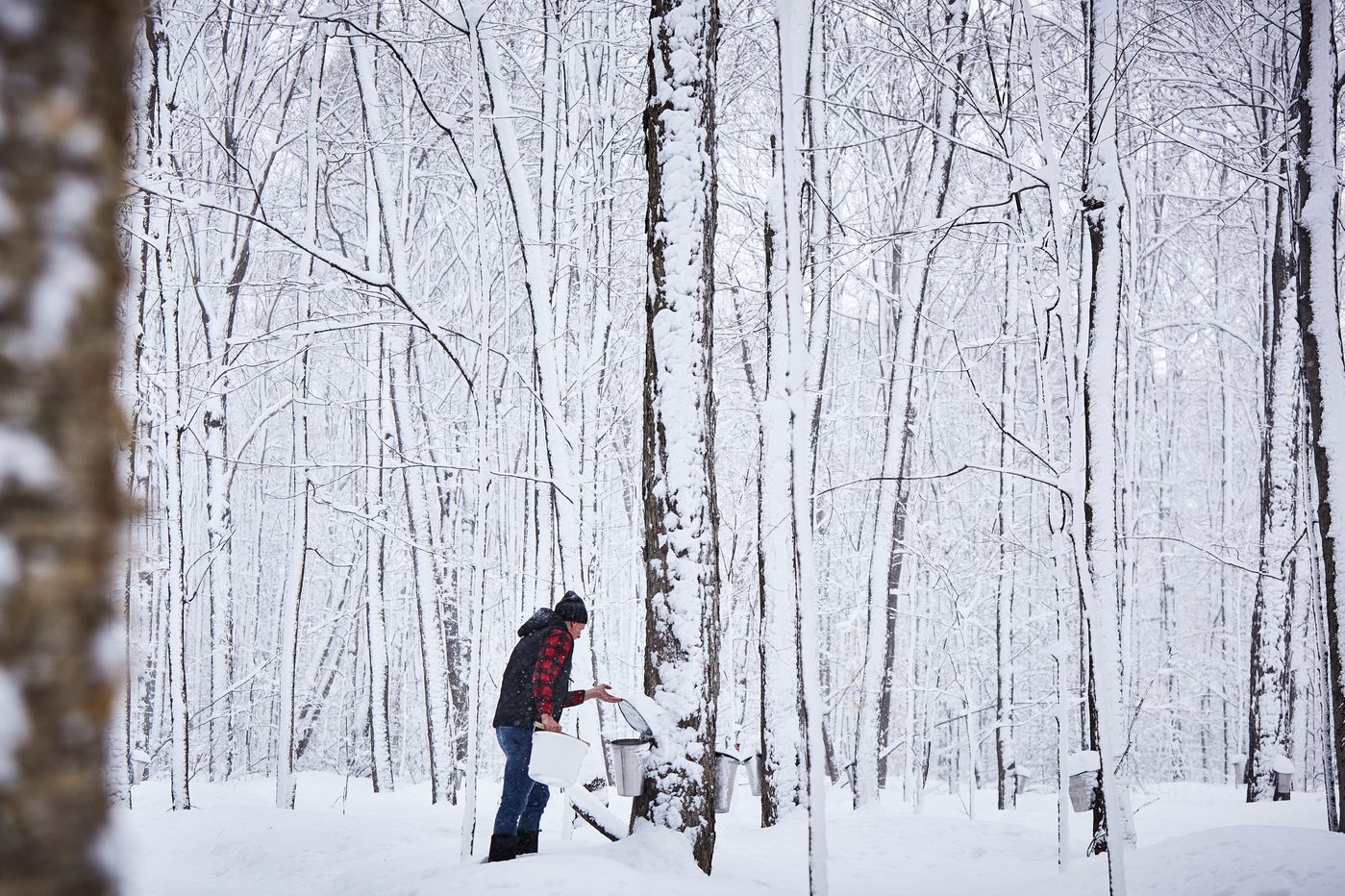How Maple Syrup Farmers are Adapting to Global Warming

Global warming has impacted forest and agricultural systems worldwide, with the maple forests in Quebec, Canada, being no exception to these ongoing challenges.
Increased global temperatures, high winds, flooding and severe storms have collectively affected the maple syrup industry, leading to harsh environments for producing the totally natural product.
However, maple syrup farmers are already adapting their processes, ensuring that maple lovers around the world can continue to enjoy the unique natural sweetener.
How are maple trees affected by global warming?
Extreme weather conditions such as a spike in temperature can accelerate shorter than usual tree tapping seasons—meaning less sap, reduced quality, and fewer ‘ideal’ sugaring days, significantly reducing the amount of maple syrup collected during the harvest.
The change in weather doesn’t just impact the maple syrup tapping seasons; it also affects sap production, which maple syrup production heavily relies on.
Sap flow depends on the time-sensitive freeze-thaw cycle where sap will only flow at specific temperatures. Too cold, and it won’t run freely; and too warm, it will run fast and too early, and with a ratio of 40 litres of sap to produce 1 litre of maple syrup, producers won’t be able to collect nearly enough sap to produce their annual quota of syrup.
The impact of climate change over the next few decades could also lead to a disruption in the harvest of the four different maple syrup grades, collected at different times of the tapping season.
Although not always readily available in Australia, maple enthusiasts love the different flavours that each grade of syrup can introduce.
To ensure climate change doesn’t alter our consumption or quality of pure maple syrup, producers have needed to work hard to make sure they can still harvest the Canadian product we all know and love.

Learn more about the maple production process below.
How are maple syrup farmers working to combat global warming?
As extreme weather events and changing climates pose significant challenges to the traditional tapping seasons and sap production, maple syrup farmers have been seeking new solutions.
Sourcing new trees
Maple syrup producers are exploring innovative approaches like tapping various tree species, including black maple and red maple to increase the global production of high-quality pure maple syrup.
These tree varieties have greater resilience in adapting to the challenges posed by the harsh new climates induced by global warming, giving farmers more options to collect the sap.
Tapping from smaller maple trees
Another method farmers are looking to utilise is a new tapping process involving smaller-diameter trees, cutting off a branch each year, and fitting with a cap to collect the sap. Rest assured, trees grow new branches each year, so this wouldn’t hinder the growth or health of any of the maple trees!
This method does mean there is much less sap that can be collected and boiled into pure maple syrup, but as these trees are smaller in diameter, they can be planted in closer proximity to make space for more maple trees and compensate for a shorter tapping season!
Reverse osmosis technology
Farmers can save time and energy by using reverse osmosis technology, to reduce the water that is eventually evaporated during the final stages of the maple syrup production, but all in a quicker turnaround — this method also makes for a more concentrated sap.
The reverse osmosis technology technique improves the efficiency of the syrup-making process, also making the overall production more sustainable.
Vacuum pump systems
Within a maple tree, the sap is naturally pulled down by gravity; however, with vacuum pump systems, maple syrup farmers can harvest more sap from each tree.
With the risk of sugaring seasons becoming shorter, the vacuum pumps allow farmers to compensate for the limited time frame, combating the effects global warming has on the maple syrup industry with technology.
Maple syrup farmers are dedicated to implementing innovative solutions and paving the way for a sweet legacy, guaranteeing that the Canadian tradition is continuously passed down and enjoyed in recipes by many generations to come.
Want to learn more about maple syrup and discover how to use the sweetener in your cooking and baking? Make sure to check out our recipes with maple syrup.
A Source of Natural Energy
Maple syrup is a natural source of energy. Check out how maple can act as fuel before, during, and after exercise.
